Interdisciplinary team rolled out training that empowers patients, nurses and physical therapists
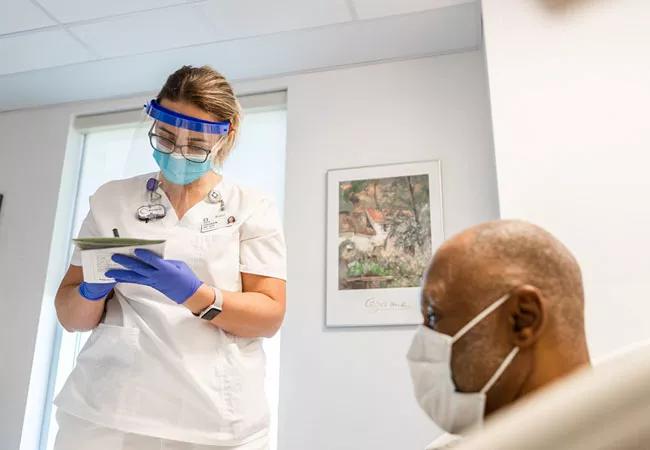
Piloted in 2012 by physical therapists, the 6 Clicks functional measurement tool assigns a value to each of six basic activities to establish a progressive mobility plan and identify a patient’s readiness to go home or move to a skilled nursing facility. The tool, which is now being used by Cleveland Clinic nurses, has been licensed to more than 1,000 healthcare facilities across the nation.
Adapted from an electronic assessment aid created by Boston University that asked patients more than 200 questions, 6 Clicks zeroes in on key areas of functional mobility. It has been validated to be completed by proxy as well – a necessity for some high acuity patients.
Cleveland Clinic is a non-profit academic medical center. Advertising on our site helps support our mission. We do not endorse non-Cleveland Clinic products or services. Policy
The assessment assigns a value of one to four for these six activities, with one signifying inability to perform the function and four signifying the ability to complete the function independently. The tasks are:
The patient’s overall score, ranging from 6 to 24, provides a metric to help determine readiness for returning home or being transferred, and it can be a motivator for patients who are well enough to work toward a return to independence.
Karen Green, PT, DPT, Cleveland Clinic Director of Rehabilitation, has been part of development of 6 Clicks since the beginning.
“When we began using the tool in therapy, we only scored the patient at the beginning of our treatment,” Green explains. “Therapists quickly found the scoring tool to be very helpful and asked to use it on every visit to gauge progress.”
Therapists at Johns Hopkins Hospital saw potential for expanding the use of 6 Clicks, and validated the ability of nurses to complete the assessment for patients as a therapist would. In 2019, Green says, nursing leaders at Cleveland Clinic Avon Hospital approached Physical Therapy with a wish to adopt the tool for use by nurses as part of its plan for innovative patient care.
“They trialed the tool and developed the initial education for it, partnering with the rehabilitation manager,” Green says. “They knew Physical Therapy could help them learn and implement this tool, and we saw that they could help us get this tool going. Nurses learn best from nurses, so we approached nursing leadership to move the project forward.”
Cindy Willis, DNP, MSN, RN, MBA, CMSRN, Senior Director of Nursing Education, and Jeanne Henry, MEd, BSN, RN, Education Manager, helped facilitate training and expansion throughout Cleveland Clinic nursing – a task that became more complicated as the COVID-19 pandemic took hold.
The effort was well worth it, Henry says.
“It really does give the caregivers at the bedside a very concrete assessment tool that’s not complicated and doesn’t take them a long time to do,” Henry says. “They are simple things that nurses have patients to do anyway.
“It also empowers the nurses to help to make some decisions when they’re having their plan of care visits with providers,” Henry adds. “Rolling it out allows nurses to say to a patient, ‘I really think that you can move to this level.’ It becomes not only a simple assessment tool, but a visual management tool that helps motivate the patient.
Physical therapist Stephanie Liebert, Clinical Team Leader, provided training and support. The nursing initiative improves resource management by allowing therapists to focus their expertise where it’s most needed, Liebert says.
“Patient mobility is a passion of mine, but that doesn’t mean that I have to be the one that mobilizes all the patients,” she says. “Nurses know that a patient who scores 14 out of a possible 24 is a challenging patient for them to help. So they want us in there collaborating with them. The patient who just needs a person to be there to provide supervision while they walk out of a room is probably not the one they want me working with, because that’s taking away from time I can spend with the other patient.”
The tool also benefits doctors by giving them another way to talk about mobility, Liebert says.
“We hope to get our providers to be looking at that as another vital sign, and asking ‘What was the patient’s 6 Clicks score yesterday? What is it today? Are they meeting their mobility goals?’”
The rollout of 6 Clicks among nurses supports work in pursuit of The Joint Commission’s nursing safety goals and helps to satisfy multi-disciplinary initiative requirements for Magnet® designation from the American Nurses Credentialing Center. But Willis notes that Cleveland Clinic patient care values are at the heart of the project.
“As with anything we roll out, we ask how this is a value for our patients and how it helps nurses do their job. Is it helping me to get the person up and moving?”
The answer, says Henry, is yes. Since its inception, 6 Clicks has led to reduced time in the hospital.
“It’s nice to be able to have flexibility to help get patients moving, and we are seeing patients get to go home sooner,” Henry says. “I don’t think I’ve ever met a patient who has come in that said, ‘Let me go to rehab for a few weeks and then we’ll talk about going home.’ They want to go home.”

Awards fund research on oxidative targets, immunometabolism, spatial navigation testing and more
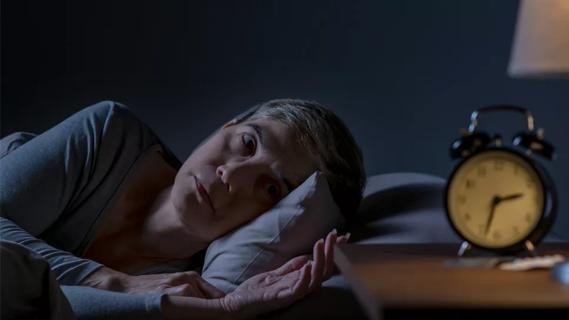
Large cohort study suggests need for routine sleep screening as part of neurological care
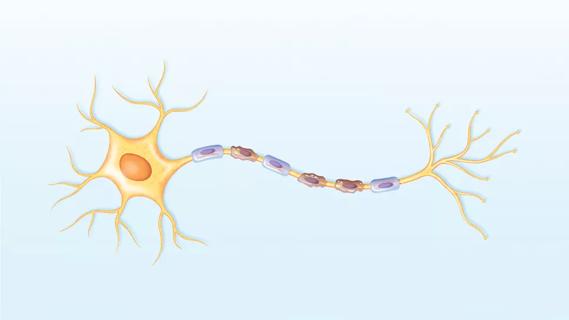
Early experience with the agents confirms findings from clinical trials

Determining the right dose and injecting in the right muscle can be challenging
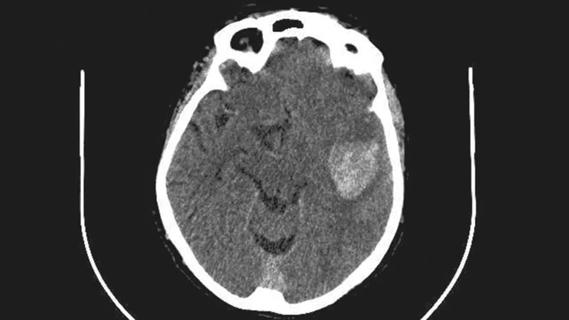
ENRICH trial marks a likely new era in ICH management
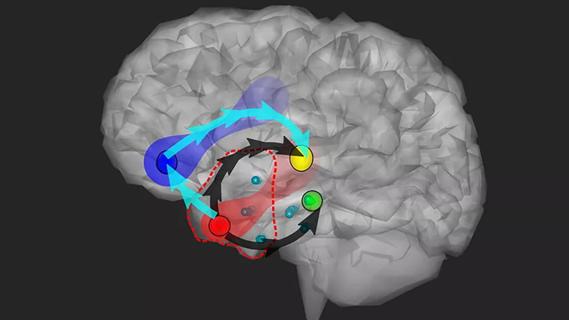
Study combines intracranial electrophysiology and SPECT to elucidate the role of hypoperfusion

New research sheds light on a potentially devastating condition that is reversible when properly managed

Testing options and therapies are expanding for this poorly understood sleep disorder